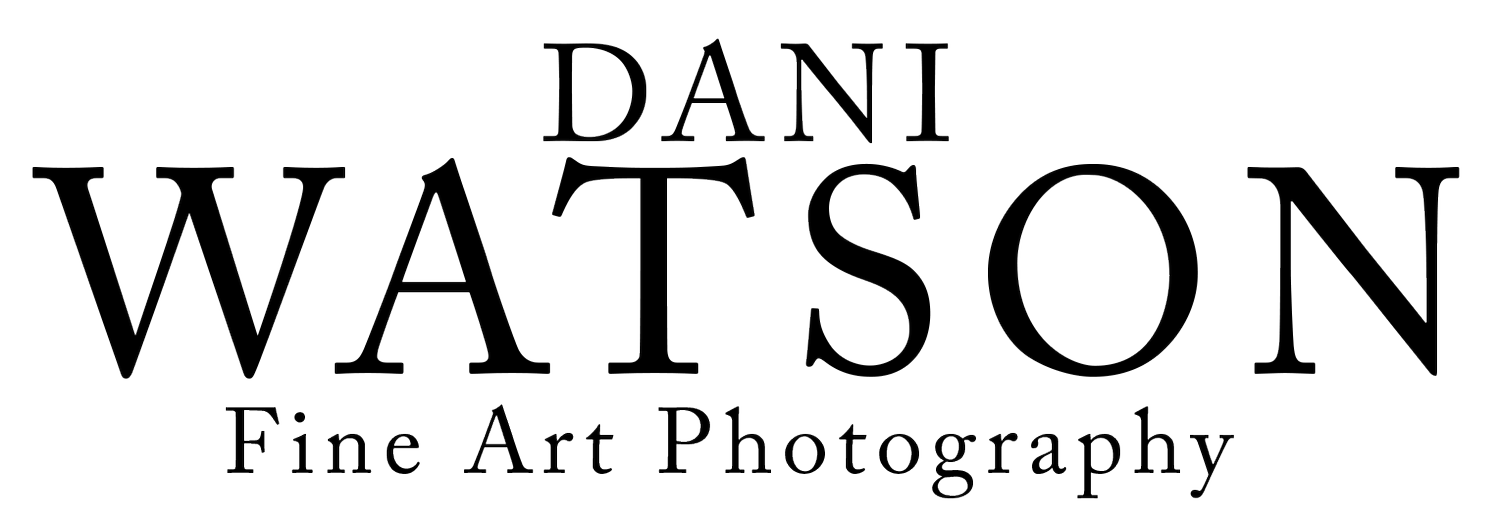A Fine Art Photographer's Guide: 10 Essential Tips for Beginning Your Art Collection Journey
As a fine art photographer, I've spent countless hours exploring the depths of creativity and expression. Each photograph has its own story, its own unique fragment of the world, captured and preserved in time. This experience has taught me not just about creating art, but also about appreciating and collecting it. Today, I want to share with you some invaluable insights that will help you embark on your own journey into the world of art collecting.
1. The Allure of Limited Editions
In the realm of art collecting, limited edition pieces hold a special place. They're like rare gems, their value heightened by their scarcity. Unlike mass-produced artworks, limited editions offer an exclusive experience, a connection between you and the artist that is shared by only a select few. They are tangible proof of your commitment to the arts, a badge of honor that distinguishes you as a true patron. As a beginner, acquiring limited editions can be an exciting entry point into the world of art collecting.
2. Trusting Your Aesthetic Instincts
Art, in its purest form, is a reflection of the soul. It speaks to us in ways words often fail to, stirring emotions and sparking thoughts within our deepest selves. As such, your personal taste plays a pivotal role in your art collecting journey. Trust your instincts. If a piece moves you, if it speaks to you in a way that nothing else does, then it deserves a place in your collection. Remember, the primary purpose of collecting art is to enrich your life, to surround yourself with works that inspire, challenge and delight you.
3. The Impact of Size
Size matters, especially when it comes to art. Larger prints possess a certain gravitas, a commanding presence that can transform any space into a personal gallery. They draw the eye, becoming conversation pieces that provoke thought and admiration. While they may require a more substantial initial investment, the aesthetic return can be truly rewarding.
4. Framing: The Art Within an Art
A frame is more than just a protective border for an artwork. It's an extension of the piece itself. The right frame can amplify a work's visual appeal, complementing its colors, enhancing its textures, and accentuating its beauty. On the other hand, the wrong frame can distract from the artwork, diminishing its impact. As such, it is worth consulting with a professional framer who can guide you on selecting the perfect frame that harmonizes with your piece.
5. The Power of Repetition
Repetition is a potent tool in art. It creates rhythm, establishes harmony, and adds depth to a composition. In your collection, repeating elements - be it color, form, or subject matter - can establish a cohesive theme, making your collection more visually compelling and personally meaningful. It also provides a sense of direction for future acquisitions, helping you build a collection that tells a coherent story.
6. The Value of Art Consultants
Navigating the art market can be a daunting task. This is where art consultants come in. Armed with extensive knowledge and deep connections within the art community, they can provide invaluable insights and advice. They can introduce you to emerging artists, guide you towards pieces that align with your tastes and budget, and even negotiate purchases on your behalf.
7. Learning the Language of Art
Art has its own language, a lexicon of terms that describe techniques, styles, periods, and more. Understanding this language can enrich your appreciation of artworks and equip you with the vocabulary to articulate your thoughts and impressions. It can also boost your confidence when engaging in discussions with artists, gallery owners, and fellow collectors.
8. The Importance of Research
Knowledge is power, especially in the world of art collecting. Researching artists, styles, and periods can provide a deeper understanding of the artworks you're interested in. It helps you make informed decisions, ensuring that each acquisition is not just an emotional choice, but also a strategic one.
9. Immersing Yourself in the Art Scene
There's nothing quite like experiencing art in person. Visiting galleries and attending art fairs offer opportunities to see a diverse range of artworks, from established masters to up-and-coming talents. These experiences can help refine your tastes, inspire new interests, and keep you abreast of current trends in the art world.
10. Collect with Passion
At the heart of every art collection is passion. It is the driving force that compels us to seek out new pieces, to learn about different artists, to invest time, energy, and resources into this endeavor. Remember, the art you collect should resonate with you on a personal level, reflecting your tastes, your interests, and your experiences. Because at the end of the day, you are the one who will be living with these pieces. They should bring joy into your life, provoke thought, and inspire creativity.
As you embark on your art collecting journey, remember these tips. They will guide you through the fascinating world of art, helping you build a collection that not only reflects your personal taste and aesthetic, but also brings you immeasurable joy and fulfillment.
